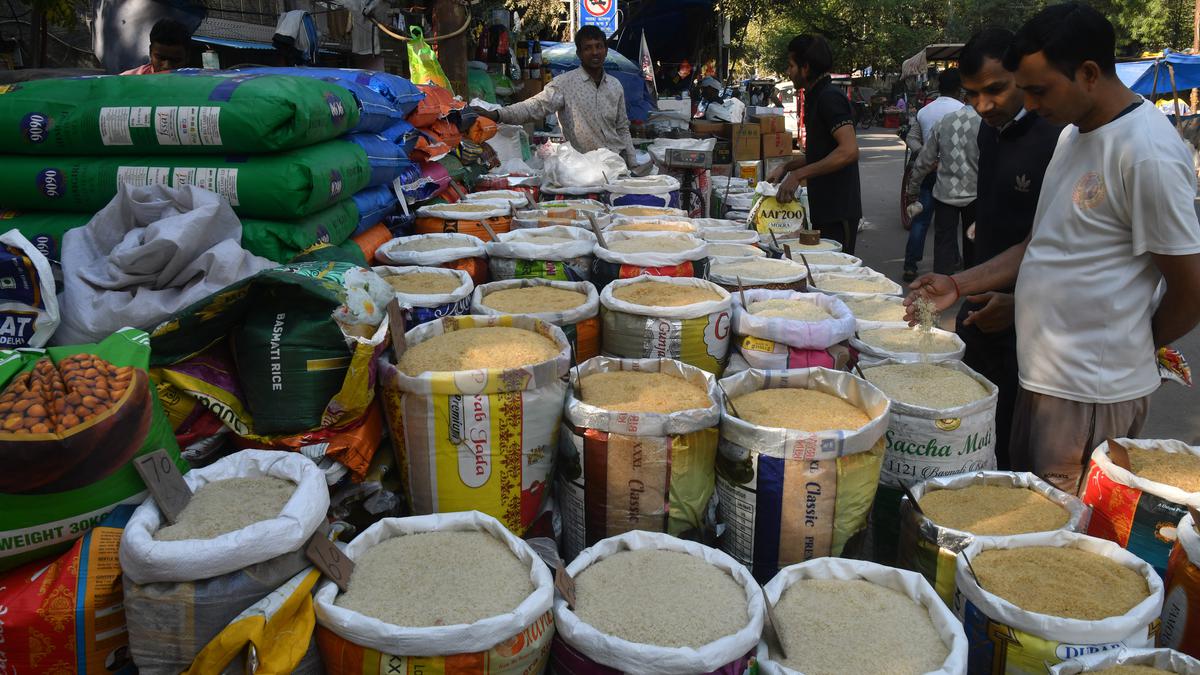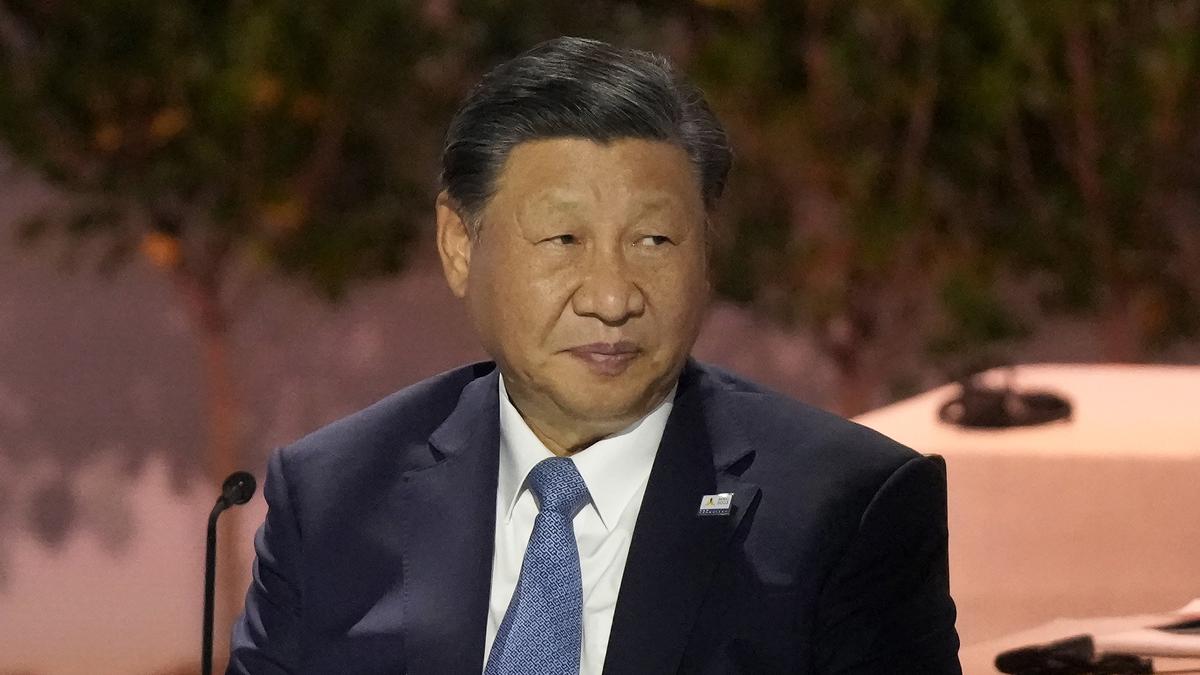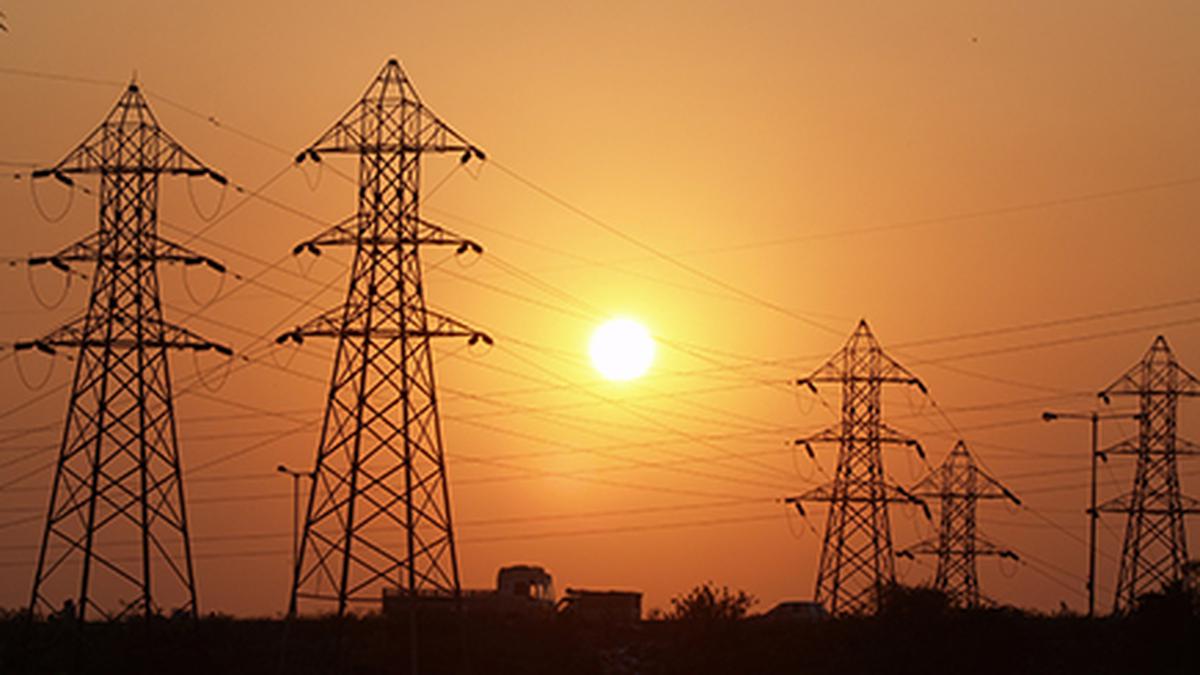Prices of food remained elevated. File.
| Photo Credit: SUSHIL KUMAR VERMA
India’s retail inflation remained virtually unchanged at 5.09% in February, even as food prices paid by consumers resurged from 8.3% in January to 8.66% spurred primarily by vegetables, which rose at a seven-month high pace of 30.25%.
Inflation measured by the Consumer Food Price Index (CFPI) accelerated from 9% in January to 9.2% for urban residents, while rural India experienced an 8.2% uptick in February, compared with 7.9% in the previous month. Overall retail inflation stayed higher in rural India, unchanged from the 5.34% recorded in January, while urban inflation eased slightly from 4.9% to 4.8% in February.
Also read: Industrial output growth slows to 3.8% in January
Most economists expect inflation to stay in the 5.1%-5.2% range in March as well, which would lift average inflation in the last quarter of this year over the 5% average projected by the Reserve Bank of India (RBI). Moreover, persistently high food inflation may push interest rate cut hopes further into the horizon, especially as the RBI expects price rise to average 5% in the April to June quarter too.
Core inflation, excluding food and energy costs, remained below 4% for the third month in a row. While some estimates pegged it at the lowest level since 2015 when the current series of inflation data began, Crisil chief economist Dharmakirti Joshi reckoned it was at a 52-month low of 3.4%. On a sequential basis, the Consumer Price Index (CPI) rose 0.16%, while the CFPI rose 0.11%.
Apart from vegetables, prices rose at a faster clip for eggs (10.7% in February, from 5.6% in January), and meat and fish (5.2% from 1.2%), and the pace of inflation was largely unchanged for sugar (7.5%) and cereals (7.6%). Pulses and spices prices experienced a slight deceleration, but still remained steep compared with last February, rising 18.5% and 13.5%, respectively.
Among the major States, inflation was above the RBI’s upper tolerance threshold of 6% in four States, compared with five in the previous month. Odisha’s inflation remained the highest at 7.55%, followed by Telangana (6.7%), Haryana (6.3%) and Assam. Seven other States experienced price rise over the national average of 5.1%, including Uttar Pradesh, Rajasthan, Gujarat, Karnataka and Andhra Pradesh.
Delhi and Madhya Pradesh continued to record the lowest inflation in the country, at 2.4% and 3.86%, respectively, followed by Uttarakhand (3.95%) and West Bengal (4.35%).
The current bout of inflation is purely-food driven, and will persist in the coming months as onion prices have bounced higher, reckoned Madan Sabnavis, Bank of Baroda chief economist. Moreover, with consumer non-durables’ firms announcing an increase in retail prices, those pressures will soon enter the inflation numbers, he pointed out.



